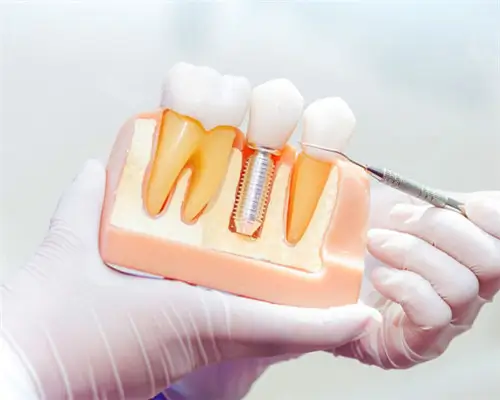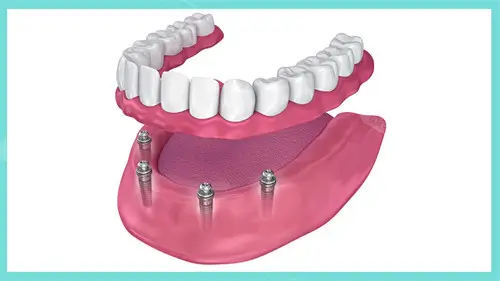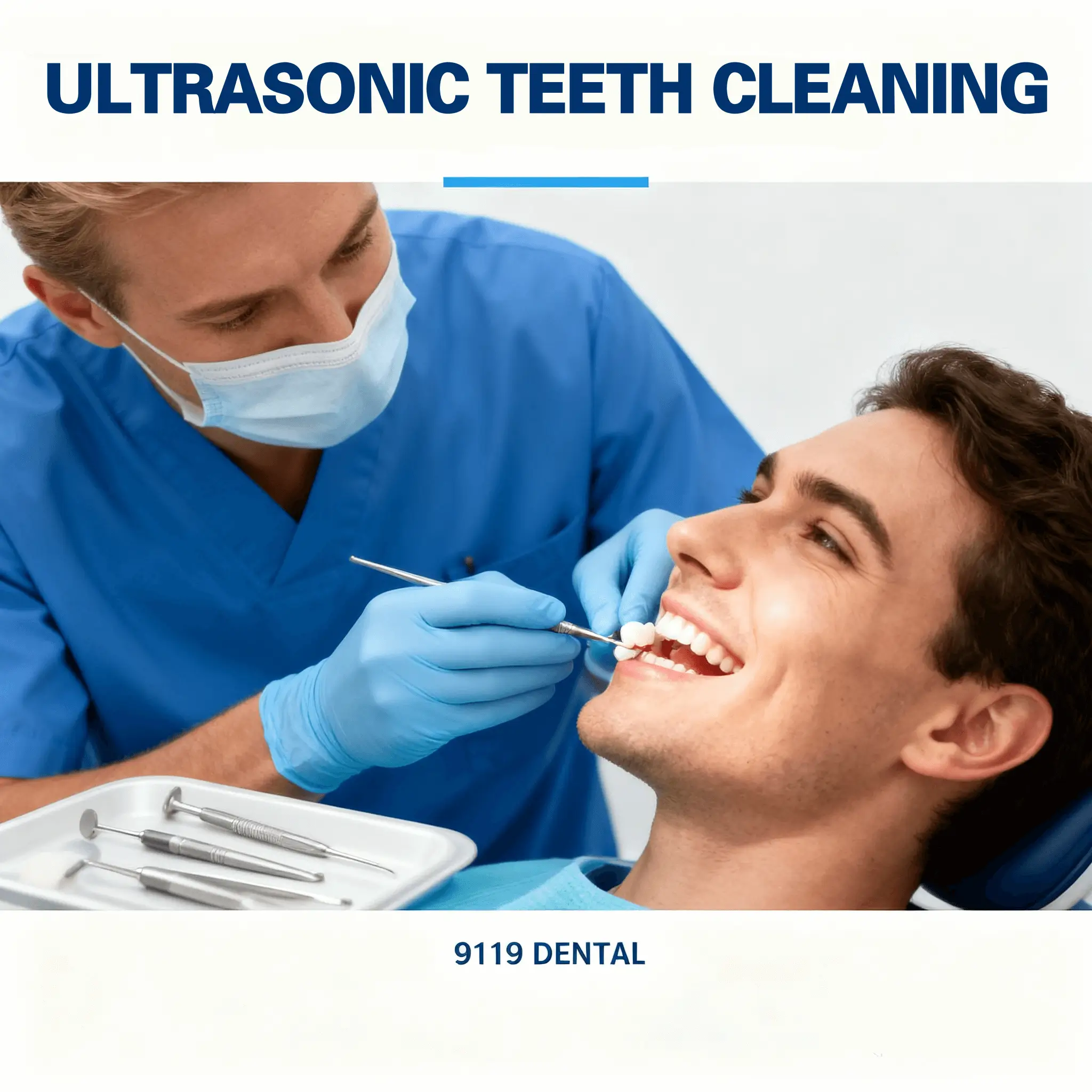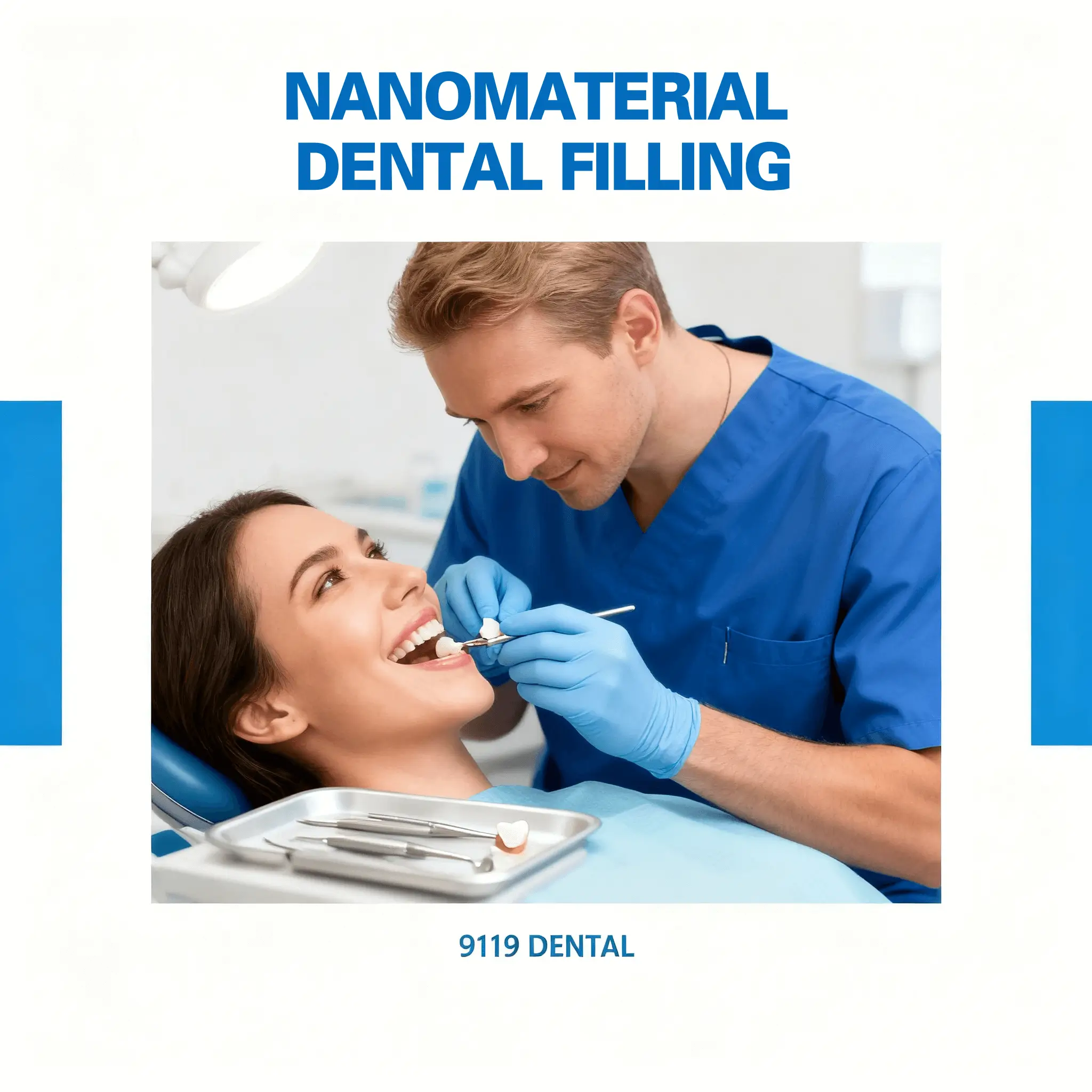Should you go for implants or bridges? Some say “implants are expensive but strong,” while others argue “bridges are faster and cheaper.” Old Li got so confused that he almost thought of using super glue to stick his false tooth back in!
Actually, choosing between implants and bridges is a bit like picking a phone — some care about the camera, others want longer battery life. There’s no absolute winner, only what suits you best. Today, let’s break down the “personalities” of these two options so you can match the right one to your situation.
“Getting an implant is like planting a tree — you need good soil for it to take root,” explained Dr. Zhou.
An implant places an artificial tooth root (usually titanium) into the jawbone. Once it fuses with the bone, a crown is placed on top. Think of it like building a house — you need a solid foundation. That’s why jawbone quality matters a lot.
✅ Best for:
Single missing tooth: For example, if you lost a front tooth, one implant fixes it without touching neighboring teeth. Looks natural and lasts long.
Good bone quality: No major bone loss or osteoporosis means higher success rates.
Long-term solution seekers: With good care, implants last 10+ years, sometimes a lifetime.
❌ Not ideal for:
Weak or thin bone: Like planting a tree in sand — it won’t hold. You may need bone grafting first, which costs time and money.
Serious medical conditions: Uncontrolled diabetes or heart disease increases risks. Must consult a doctor.
Tight budget or no patience: Treatment takes 3–6 months (including healing) and costs more than bridges.
When Li heard this, he scratched his head: “My bone is okay, but I’m scared of pain. Does an implant mean surgery?”
Dr. Zhou smiled: “With minimally invasive implants, it takes just 30 minutes under local anesthesia. Afterwards, eat some ice cream to reduce swelling — easy!”
“Getting a bridge is like building with Lego — you need support on both sides,” Dr. Zhou explained.
A bridge requires trimming the healthy teeth on both sides of the gap, then placing three crowns joined together — the middle one fills the gap. Basically, it’s like “robbing Peter to pay Paul.”
✅ Best for:
Several missing teeth in a row: Bridges can replace 2–3 adjacent teeth.
Strong, healthy neighbors: Supporting teeth must be solid to handle the load.
Those who want speed: Usually done in 1–2 weeks, much faster than implants.
❌ Not ideal for:
Weak or decayed neighboring teeth: Trimming may damage nerves, risking early failure.
Too many missing teeth: Bridges would require trimming too many healthy ones.
People who don’t want to touch healthy teeth: Unlike implants, bridges sacrifice neighboring teeth.
Li then asked: “I’m missing a back molar, but my neighboring tooth has a cavity. Can I get a bridge?”
Dr. Zhou shook his head: “You’d need to fix the cavity first, but trimming still weakens that tooth. An implant might be a safer bet.”


How many teeth are missing?
One tooth → implant. Several in a row → bridge (if neighbors are healthy).
How’s your bone?
Good bone → implant. Poor bone → grafting first, or bridge as backup.
Do you have enough time and budget?
Implants take longer but last longer. Bridges are quicker and cheaper, but may sacrifice healthy teeth.

Dr. Zhou summed it up: “Don’t follow random advice. It’s like buying shoes — only you know what fits. Get an X-ray and let a trusted dentist design the plan.”
Missing teeth aren’t a small matter. Choose wisely, and you’ll be able to eat comfortably and smile confidently again!
So, do you now understand the differences between implants and bridges? If you still have questions, drop them in the comments — let’s chat and make sure you avoid the “traps”!
 collect
collect
Hospitals included
Products included




Suggested reads